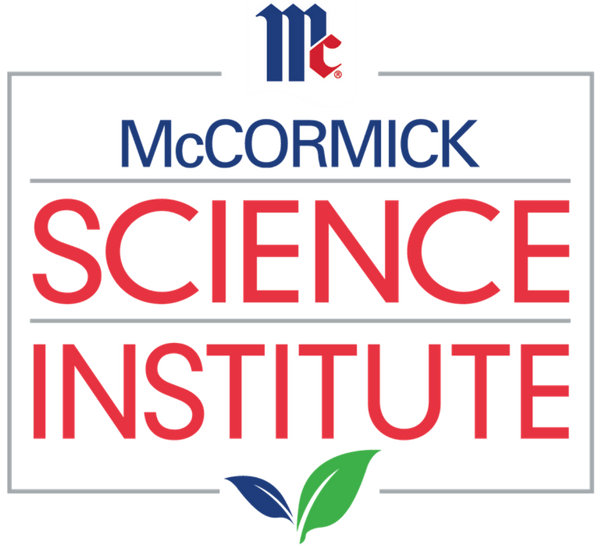Spices and herbs have a strong history of use across cultures. This use is linked to a fundamental appreciation of the health benefits of food and of the flavor it delivers. The contribution of herbs and spices to the public health effort is represented today through an exciting blend of science, culinary art, and translation to practice. This supplement reports on an important meeting in which leaders from across these domains shared their knowledge and experience. As Dr Dwyer states in the introductory address, health professionals, researchers, and policymakers have a great opportunity to work together to improve consumer eating patterns. This supplement outlines how this opportunity may be realized, enlightened by the study of spices and herbs.
From a science perspective, we have come a long way in the last decade. Early reviews have indicated the potential for research on spices and herbs, particularly in the area of oxidative stress and associated pathologies. Dr Heber’s groundbreaking research shows we have moved from simply measuring the oxidative capacity of products. His research involved adding spices to a common food—hamburgers. He then observed decreased urinary malondialdehyde, a marker of oxidation of lipids, and better effects on endothelial function, the clinical consequences of the pathways under study. Likewise, Dr Westerterp-Plantenga and Janssens’ research showed that capsaicin from hot red pepper can help produce a negative energy balance through sensory and satiety mechanisms, as well as having effects on energy expenditure and fat oxidation. In a broader clinical sense, Drs West and Skulas-Ray’s review of effects on cardiovascular risk factors indicates the evidence continues to mount in favor of spices, particularly in relation to blood risk factors (glucose, cholesterol). Dr Anderson argues that studies on cinnamon are showing effects on blood glucose, insulin resistance, and HbA1c (glycated hemoglobin) and that these effects appear plausible based on research on associated mechanisms. Establishing an evidence-based framework is complex, but these contributions indicate that scientific support is mounting for health benefits from spices and herbs.
Demonstrating health benefits is one thing, but from a consumer perspective, flavor remains critical. Dr Hill’s research, published in the journal Appetite this year, shows that adding spices and herbs to lower-fat foods (lean meat, vegetables, pasta) significantly improves consumers’ overall liking of the food. This knowledge has been taken to a range of areas of practice. For example, Dr Berman explores the use of spices and herbs in school nutrition education programs, and Dr Ayoob outlines ways in which clinicians can refer to spices and herbs in dietary counseling. At the production level, the knowledge and experience of the food industry are valuable. Dr S. C. Johnson of McCormick & Company, Inc, provides important insights on developing flavorful foods with spices and herbs and the importance of spice and herb extracts in this process. This information enables us to understand how developing products requires substantial interdisciplinary input. With the Menus of Change program, Mr Drescher of The Culinary Institute of America takes the case of foods that are healthy and flavorful (as well as sustainable and ethical) to the foodservice industry. Meanwhile Dr Tahiri of the Bell Institute of Health and Nutrition at General Mills describes the timeline for improving products, such as through reduced sodium content.
Public health lies in the domain of public policy, in which dietary guidelines, including the Dietary Guidelines for Americans, play a pivotal role. Understanding the processes and opportunities for dietary guidelines development, as outlined in reviews by Drs Schneeman and Post, is valuable for all who wish to contribute. Arguments can be made for how spices and herbs fit within this scenario, but as Dr G. H. Johnson points out, the important message from this meeting is that all stakeholders continue to work together. The content of this supplement shows how the various areas of knowledge can be integrated so that different groups can work synergistically towards the common goal of improved public health through flavorful eating.















